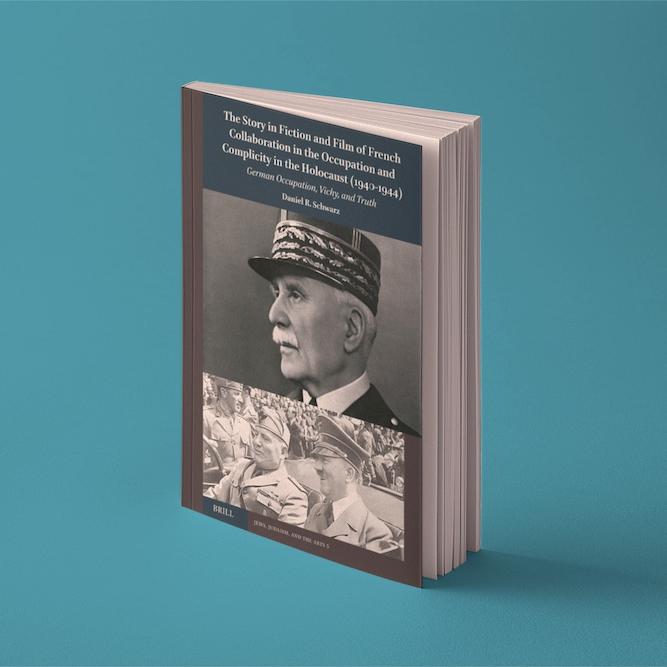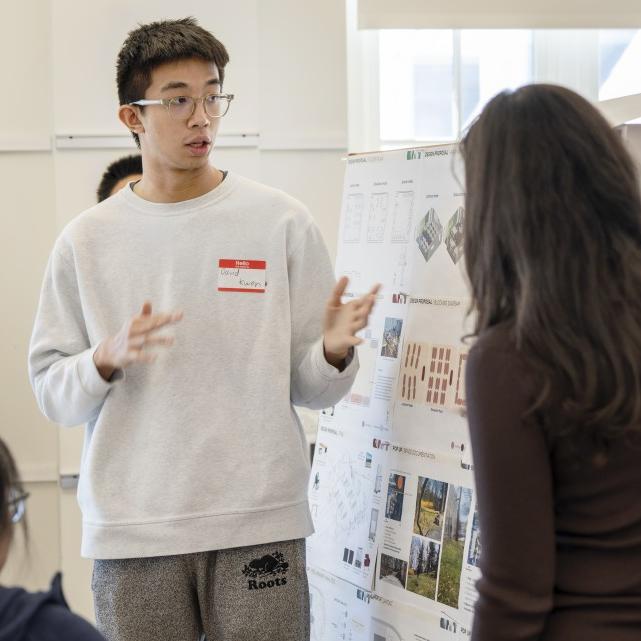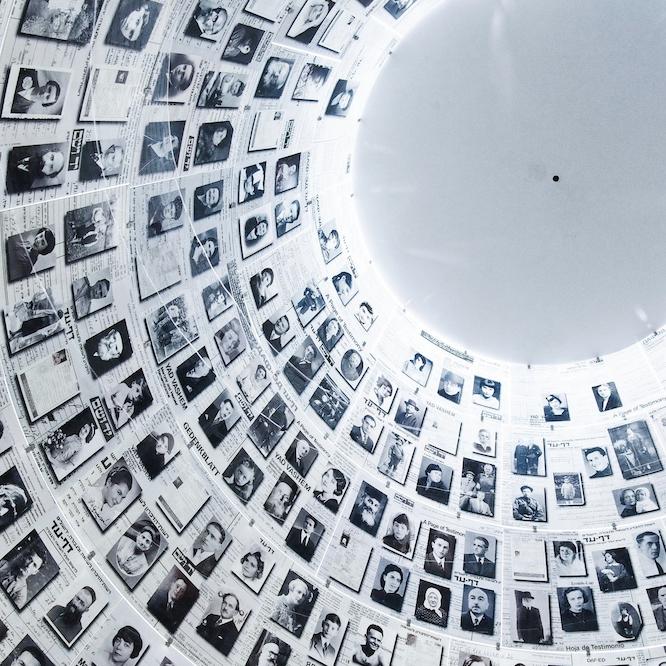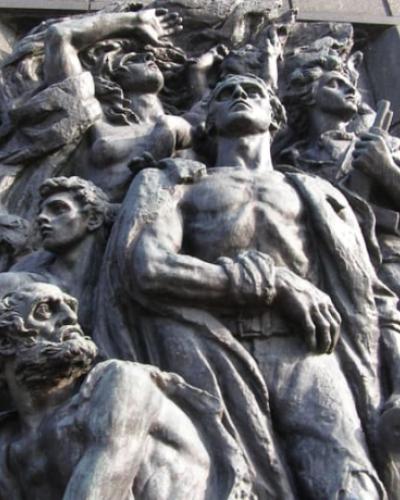Samuel D. Gruber, Ph.D, accomplished researcher, author, teacher, curator and consultant has, for more than twenty-five years, been a leader in the documentation, protection, preservation and presentation of Jewish cultural heritage sites around the world. He returns to Cornell in the spring 2018 semester to teach a course on “Shaping Jewish Memory: Monuments, Memorials & Museums” (JWST 4558). This course will be offered on Thursdays from 10:10- 1:10pm and is cross-listed with Archeology and History of Art for both undergraduate and graduate credit. Additionally, The College of Architecture, Art and Planning is allowing this course to count towards elective credit for their students.
Why is this course important for students to take?
This course is about art, history, and memory and especially about how we choose to personally and collectively remember past people, places and events. Jewish Studies students will get a broad view of Jewish history, and especially learn about funerary practice and customs and episodes of communal tragedy and trauma, but also recovery and reflection.

Art and architecture students will especially learn about the historical development of public commemorations, and the political and the artistic processes which leads to physical monuments to mark people, places and events. We’ll reach back deep into history but much of the course will look at more contemporary design and content of monuments and museums. Required reading will mostly focus on sites and art of Jewish memory, but I will provide bibliography on other monuments for those who want to pursue this further ... now or in later years.
Commemoration is always an act of interpretation and presentation. While most of the material we’ll view and analyze will relate to Jewish history and the Holocaust, many of the philosophical and moral issues, historical situations, and artistic choices are linked to other commemorative movements, including those to remember victims of war, genocide, terrorism, natural disaster, famine, and slavery as well as efforts to selectively remember and exploit for ideological or religious grounds particular people and events. As the recent controversies over Confederate and pro-slavery statues attest, markers and monuments can be controversial. Some would even argue they need to be controversial to be worthwhile. So, we’ll be looking a lot what makes a monument work, and how the meaning of monuments change over time.
The content of the course will mix past monuments with present-day and even ongoing and in-progress projects and debates. I will include a few past and present projects I've worked on with synagogues and synagogue museums (Krakow, Poland; Mad, Hungary; Hania, Crete; Burlington, Vermont, etc); cemeteries (Vilnius and Vandziogala, Lithuania), and Holocaust sites (Buchenwald, Germany; Rumbula, Latvia).
In what way does this course fit in to your research interests/scholarship?
This is an opportunity to bring together several of my research and activist activities, all of which center on how we protect, preserve and present the past. As an architectural historian I started out 25 years ago thinking more about the materials and forms of buildings, and then when I became active in Historic Preservation, about how they could be saved. Right now, I’m working on several such projects in America, Lithuania and Greece.
But more and more I’ve learned that the history these building embody and the stories they tell are equally important. This overlaps my work with identifying and commemorating Holocaust-related sites in Europe. How do we best tell the stories from the past to be relevant in the present and instructive in the future? This does not just concern Jewish history. There are many alternative minority versions of history that need to be told. In Syracuse, for example, I’ve worked to identify and mark sites important the history of the region’s African-American community, and also histories of other ethnic and national groups. The lessons pioneered in Holocaust commemoration, for examples, are now relevant to the commemoration of victims of others genocides, including the fate of millions of Native Americans and Africans brought to the New World. And there are many positive things that markers and monuments can also celebrate, so that our view of history in not unrelentingly bleak.
Another important aspect of my present work is more interpretive; trying to understand better commemorative cityscapes and landscapes. Over time, I've come to learn that monuments do not exist in isolation. How they are visited and viewed depends on a larger physical and interpretive context. During the course we will look at few cities to identify the webs of commemorative sites that have grown up independently over decades - even centuries - but which now weave together to create linked sites in whole environments.
Are you looking forward to anything in particular about teaching this course?
There is a lot of material to cover so we will have to be selective. I expect my Cornell students to actively engage in the process of selection and even the direction the class goes in our investigations. After a broad introduction we are going to have to focus, and we’ll choose series of markers, monuments and museums to investigate and analyze in detail. I look forward to this deeper look, and then to see how this will shape students understanding and appreciation of the public memorials – of all sorts - on campus and throughout Ithaca and beyond.

Images provided by Sam Gruber: Budapest, Hungary, Dohany Synagogue Holocaust Memorial, and Danube Shoah Memorial






